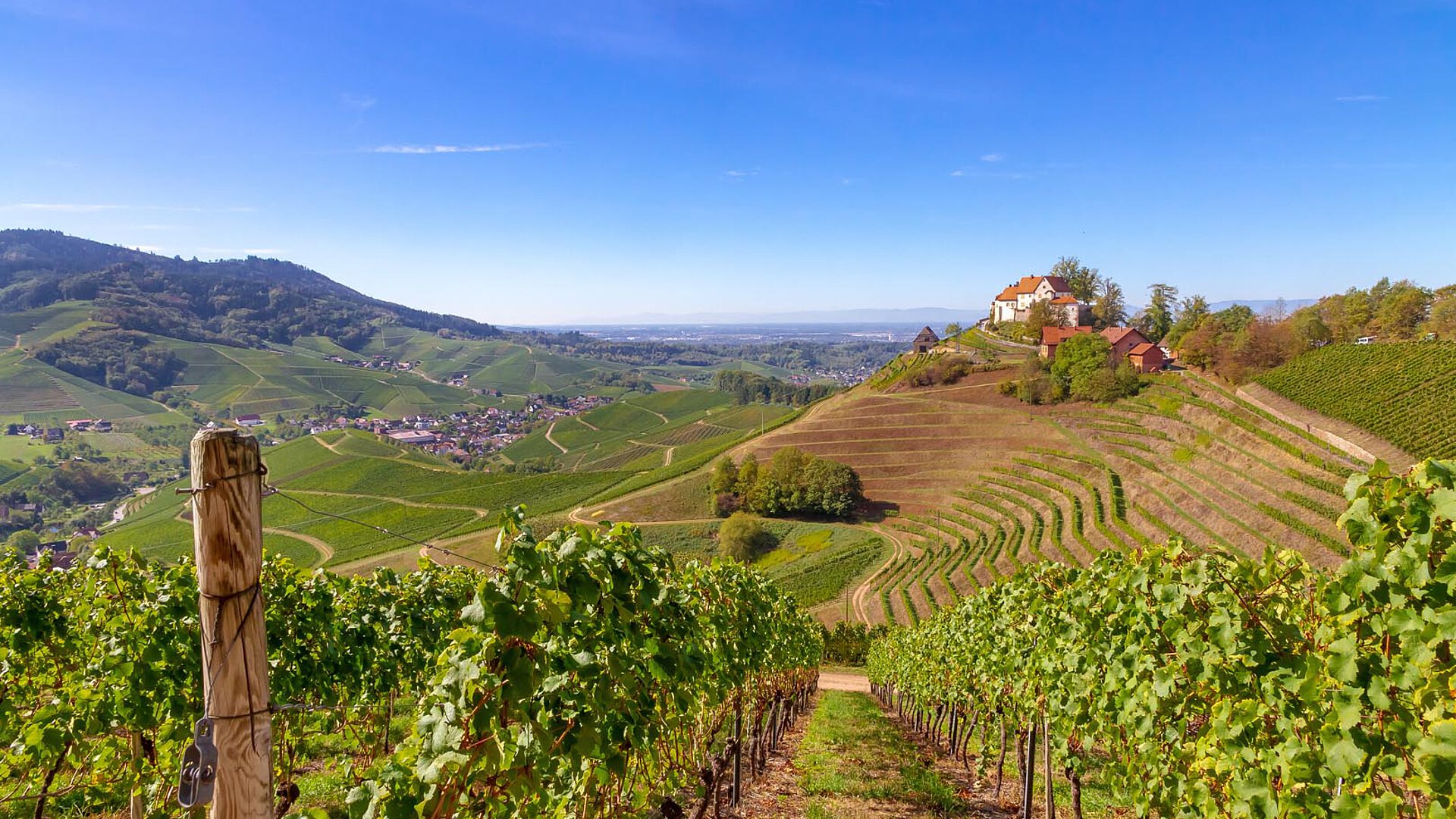Farmtravel glossary
All the Agritourism terms you need to know.
C
Cheese Cave
- Kategorie:
- C
What is a Cheese Cave and Why is it Used?
Natural or artificial aging spaces essential for cheese maturation, with some of the most renowned examples found in Switzerland, where mountain caves have been used for centuries in the production of traditional Alpine cheeses.
These specialized environments combine traditional aging methods with precise climate control to achieve optimal cheese development. Many agricultural tourism sites now offer guided cave tours as part of their visitor experience.
Environmental Factors
Critical conditions include:
- Temperature Control: Consistent cooling
- Humidity Levels: Moisture balance
- Air Circulation: Flow management
- Natural Flora: Beneficial microbes
- Light Control: Darkness maintenance
Visitor Experience
Tour features include:
Educational Elements
- Aging Process: Development stages
- Climate Control: Environment management
- Cheese Turning: Care techniques
- Flavor Development: Maturation effects
- Tasting Sessions: Product sampling
Technical Aspects
Management includes:
- Ventilation Systems: Air quality
- Monitoring Equipment: Condition tracking
- Shelving Design: Product spacing
- Cleaning Protocols: Hygiene maintenance
- Access Control: Environment preservation
Production Impact
Quality factors:
- Flavor Enhancement: Taste development
- Texture Evolution: Structure changes
- Rind Formation: Surface development
- Aroma Development: Scent maturation
- Character Building: Unique qualities
Traditional Methods
Heritage practices:
- Natural Cooling: Cave properties
- Seasonal Timing: Climate utilization
- Regional Methods: Local traditions
- Artisanal Care: Hand monitoring
- Historical Techniques: Time-tested practices
Cheese caves demonstrate how traditional knowledge combines with natural resources to create exceptional dairy products. Whether carved into mountainsides or carefully constructed, these aging spaces are crucial for developing the complex flavors of artisanal cheeses.

